By Michael D. Hull
Tensions were high among expectant crowds gathering on the evening of August 14, 1945, in New York City’s Times Square, where news bulletins had streaked across the electronic “zipper” sign high on the Times Tower since 1928.
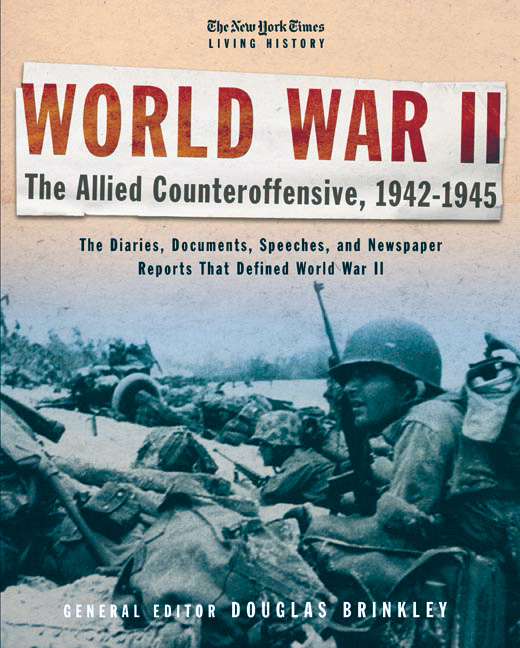 A week earlier, B-29s had dropped atomic bombs on Hiroshima and Nagasaki, and anticipation was widespread that World War II would soon be over. Then, at 7:04 pm, a message from the White House was flashed: “Official Truman announces Japanese surrender.”
A week earlier, B-29s had dropped atomic bombs on Hiroshima and Nagasaki, and anticipation was widespread that World War II would soon be over. Then, at 7:04 pm, a message from the White House was flashed: “Official Truman announces Japanese surrender.”
Exuberant New Yorkers tossed their hats into the air and shouted whoops of delight, and there was joy on every face along glittering Broadway.
Yet there was also a feeling of profound relief that would be echoed far and wide, from London to Paris to Moscow. During the previous six years, an estimated 53 million people had been killed across the world—more than in any other conflict in history.
For almost the first three years of the war, things had gone badly for the Allied powers in the Low Countries, North Africa, Scandinavia, the Mediterranean, the Balkans, China, Burma, the Pacific, and Russia. Then, in the second half of 1942, as recorded in this second volume of The New York Times Living History: World War II, edited by Douglas Brinkley (Times Books, New York, 2004, 397 pp., 108 photographs, index, hardcover, $30), Allied forces began to check the Axis advances, starting with three significant turning points—the Battle of Midway in June, the invasion of Guadalcanal in August, and the Second Battle of El Alamein in October. Freedom’s forces were on the march at last.
A fresh and highly readable overview of the second half of the war is provided in this collection of 52 contemporary accounts and documents from the files of The New York Times. Brinkley, a respected historian and director of the Eisenhower Center for American Studies at the University of New Orleans, has done an admirable job of weaving myriad events into a vivid record. It is lean and authentic, though flawed—as was the first volume—by proofreading lapses and the inevitable accommodations to political correctness.
The momentous Allied counteroffensive of 1942-1945 is distilled in this anthology of well-chosen dispatches: a report on the fall of Tobruk; a Japanese account of Midway; a U.S. Marine recalling the six-month fight for Guadalcanal; a secret memorandum describing the Enigma decoding project at Bletchley Park in England; Ernie Pyle writing about the invasion of Sicily; a Tokyo Rose broadcast to American troops in the Pacific; an account of women workers in war plants; a Japanese kamikaze pilot’s farewell letter; a U.S. Army officer’s shock at the horrors of Buchenwald, and President Harry S Truman’s diary entries showing how he wrestled with the decision to drop the atomic bombs on Japan.
This is a work of immediacy and impact.
Recent and Recommended
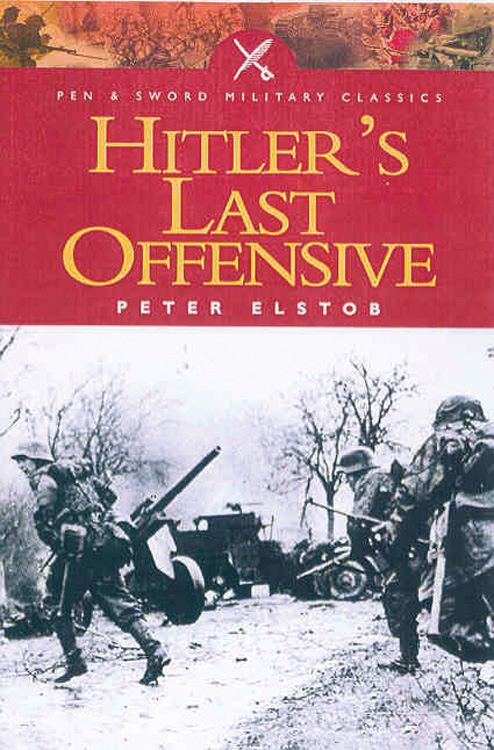 Hitler’s Last Offensive by Peter Elstob, Casemate (Pen & Sword), Havertown, Pa., 2003, 413 pp., maps, index, softcover, $12.99.
Hitler’s Last Offensive by Peter Elstob, Casemate (Pen & Sword), Havertown, Pa., 2003, 413 pp., maps, index, softcover, $12.99.
Warlord Adolf Hitler’s last desperate gamble on December 16, 1944, to sunder the Allied armies by thrusting two panzer armies through the Ardennes to the strategic port of Antwerp caused panic, confusion, and heavy losses, but it failed and left Germany at the mercy of her attackers.
By the end of January 1945, the German Army was back to where it had launched the offensive six weeks earlier. The operation had had to achieve a tactical breakthrough within three days if it were to have a chance of complete success, but stout resistance by some American units at the shoulders and in the center of the bulge and rapid support deployments by General George S. Patton Jr.’s Third Army and elements of Field Marshal Bernard Montgomery’s British 21st Army Group, blunted it.
Who won the campaign—Patton or Montgomery? The short answer is neither—the Germans lost it, says Peter Elstob in his sweeping panorama of the Battle of the Bulge, the biggest action in the history of the U.S. Army and the only one it has fought in winter. This is one of the most balanced and literate of Bulge studies.
Scotching a few myths about the campaign, the author points out that, while some frontline U.S. units threw down their weapons and fled, others stood and fought heroically; far from threatening the whole Allied lineup, the Germans did not achieve their main objective, the River Meuse, which was held by the British; there were not hundreds of enemy soldiers disguised as GIs or nuns far behind the Allied lines, and the U.S. 101st Airborne Division at Bastogne did not have to beat off “hordes of fanatical Nazis and Tiger tanks.” While the siege was truly heroic, says Elstob, there was an element of bluff in the German claim to have the town surrounded and under threat of annihilation. The northern half of the perimeter was only lightly held after the 2nd Panzer Division moved on from Noville.
The author agrees with U.S. Army historian Hugh M. Cole in explaining why the German offensive bogged down and failed: unexpectedly tough American resistance, a supply breakdown, denial of free use of the road network, the jamming of the bulge shoulders, a lack of attack depth because of the slowness of the enemy buildup, and the swift American tactical reaction. This solid history lives up to its classification as a “Pen & Sword military classic.”
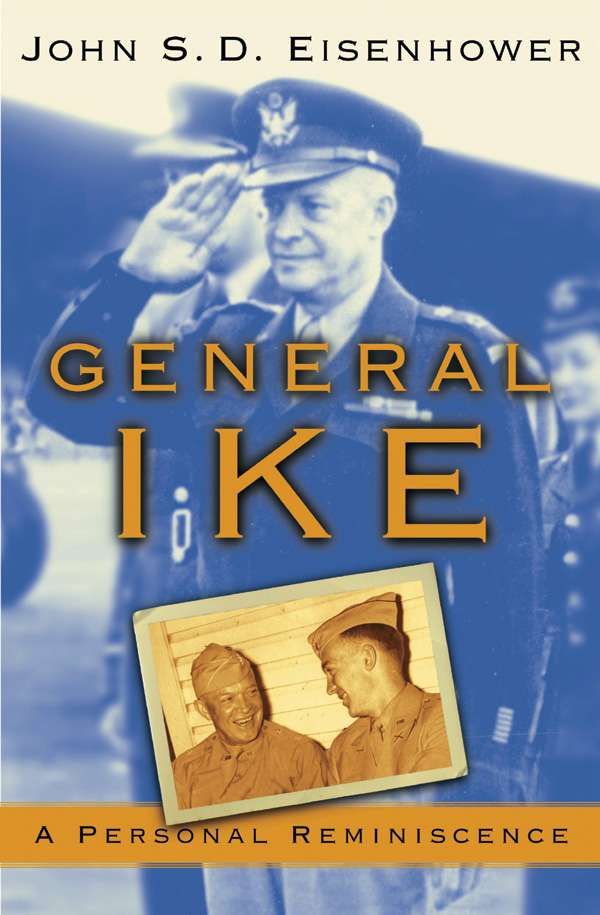 General Ike by John S.D. Eisenhower, The Free Press, New York, 2003, 278 pp., photographs, maps, notes, index, hardcover, $27.
General Ike by John S.D. Eisenhower, The Free Press, New York, 2003, 278 pp., photographs, maps, notes, index, hardcover, $27.
General Dwight D. Eisenhower often quoted Napoleon Bonaparte, who defined a military genius as “the man who can do the average thing when all those around him are going crazy.” And that was Ike to a T.
So says John Eisenhower in a personal reminiscence that he always knew he had to write—a son’s affectionate and insightful tribute to a famous father. John’s favorite example of his father’s Napoleonic ability to keep his head was his solitary decision, made during the early morning hours of June 4, 1944, to defer the launching of the Normandy invasion armada, scheduled for June 5.
Remembering the “military Ike” as opposed to the “political Ike,” John Eisenhower has woven a respectful yet revealing portrait, not a comprehensive biography, of the uniquely diplomatic officer who dealt with such disparate personalities as Churchill, MacArthur, Montgomery, De Gaulle, Bradley, and Patton while never flagging in his relentless pursuit of the destruction of Hitler. Ike had never been in action himself and was regarded as a “hopeless strategist” by the able Field Marshal Alan Brooke, Chief of the British Imperial General Staff, yet he pulled together history’s greatest invasion force and earned global admiration.
The author says that Ike was “highly intelligent, strong, forceful, kind, yet as human as the rest of us.” He made mistakes, John writes, such as giving Montgomery too much latitude in setting boundaries between the British and U.S. Army groups at Falaise and Argentan in August 1944, and in turning over the northern half of the Ardennes bulge to him that December, although the prickly British general held the critical Meuse River line and stabilized the situation. Nevertheless, the author concludes that his father, Churchill, and De Gaulle were “the giants of the European war.”
A retired Army Reserve brigadier general and former ambassador to Belgium, John Eisenhower is an impeccable historian. His books have been gems of narrative grace and clarity, and so is this one. There have been many worthwhile studies of the Allied supreme commander, but this one has the advantage of having been written by his son.
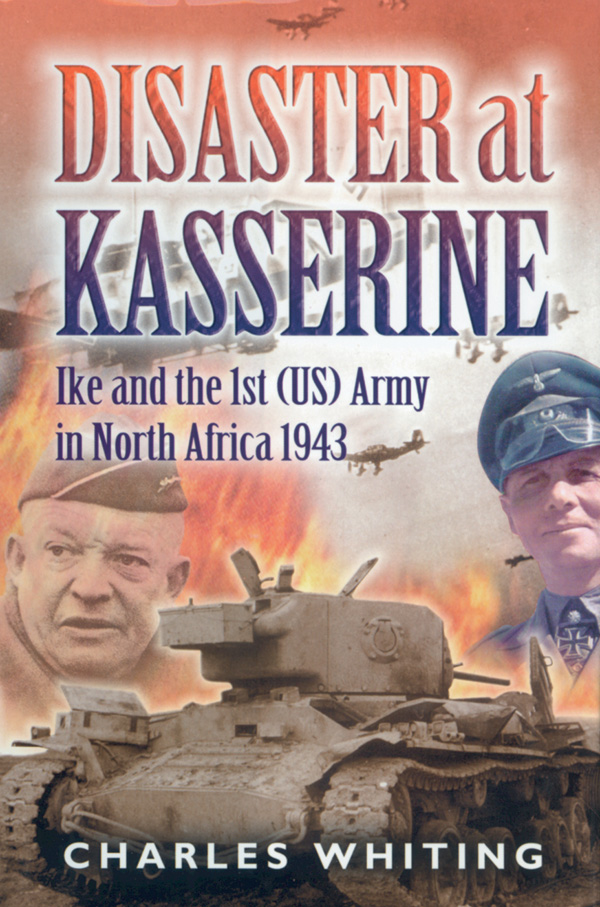 Disaster at Kasserine by Charles Whiting, Casemate (Pen & Sword), Havertown, Pa., 2003, 208 pp., 40 photographs, 4 maps, notes, index, hardcover, $32.95.
Disaster at Kasserine by Charles Whiting, Casemate (Pen & Sword), Havertown, Pa., 2003, 208 pp., 40 photographs, 4 maps, notes, index, hardcover, $32.95.
Anyone in the seasoned but weary British Eighth Army who imagined that the arrival of a major American force in North Africa would immediately tip the balance against the German Army was to be sadly mistaken.
The U.S. First Army that landed in Algeria and Morocco on November 8, 1942, was well equipped, but poorly led, inadequately trained, and lacking in discipline and fortitude. It had much to learn in the crucible of combat—after an almost disastrous rude awakening on February 14, 1943.
On that day at Fondouk, Sbiba, Thala, Faid, and Kasserine Pass amid the dusty, scrubby ridges of central Tunisia, Maj. Gen. Lloyd R. Fredendall’s U.S. II Corps met elements of Field Marshal Erwin Rommel’s Afrika Korps and proved it was no match. U.S. regiments were overrun, battalions broke and melted away, and the armor was slaughtered. Drivers abandoned vehicles in good running order, hundreds of bewildered GIs surrendered without firing a shot, and the command structure collapsed. American morale and public opinion back home were severely shaken.
It was a humiliating defeat, as Charles Whiting relates in his fast-moving, poignant history, and only the swift intervention of British Guards and Royal Tank Corps units prevented a greater disaster. Almost 6,500 GIs were killed, wounded, or captured, and the British lost 4,000 men in their rescue operation. The II Corps was “a frightful mess,” British General Harold Alexander told General George S. Patton Jr., who would replace Fredendall. Some British officers referred caustically to the GIs as “our Italians.”
But, as the author shows, Patton changed all that. While he achieved no tactical miracles, he speedily infused a fighting spirit into II Corps. It entered a tough new era, withstood Generaloberst Hans von Arnim’s last counterattacks, and never again lost ground it had captured.
The prolific author of many World War II studies, Whiting has crafted an absorbing and fair-minded page turner about the U.S. Army’s bitter lessons in North Africa.
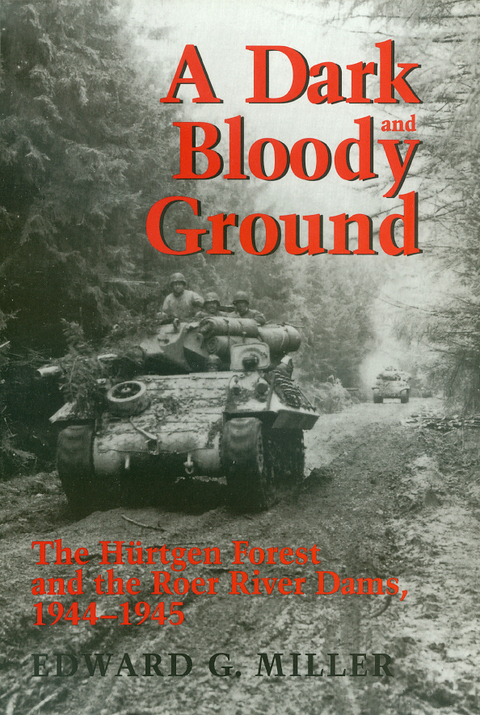 A Dark and Bloody Ground by Edward G. Miller, Texas A&M University Press, College Station, 2003, 250 pp., 22 photographs, 7 maps, appendix, notes, index, softcover, $18.95.
A Dark and Bloody Ground by Edward G. Miller, Texas A&M University Press, College Station, 2003, 250 pp., 22 photographs, 7 maps, appendix, notes, index, softcover, $18.95.
For the thousands of American and German soldiers who fought there, the Hurtgen Forest was the scene of the worst experience in their lives.
The bitter campaign in the gloomy, 70-square-mile forest south of Aachen, Germany, from September 1944 to February 1945—in which elements of seven U.S. divisions were chewed up during a misguided push toward the Roer River dams—was virtually a replay of the 1914-1918 Western Front. The troops endured constant cold, fog, snow, sleet, rain, mud, minefields, and showers of splinters when artillery barrages crashed through the trees. The GIs were hungry, thirsty, and filthy most of the time; there was little or no shelter; and there were scant roads for supporting armor.
Germinated amid the heady days of Allied command-level optimism in the late summer of 1944, the U.S. VII Corps offensive to clear the forest resulted in a costly battle of attrition aimed at the wrong objectives, says Major Edward Miller, an Army Ordnance officer and expert on armor doctrine, in this gripping and revealing study. It is a classic of its type.
In view of its prolonged and terrible cost in men’s lives, Hurtgen—which could have been bypassed—was a fiasco, and the blame lay with Lt. Gen. Omar N. Bradley, commander of the 12th Army Group; Lt. Gen. Courtney H. Hodges, commander of the First Army; and Maj. Gen. Joseph Lawton Collins, the corps commander. The forest was ill suited for maneuver warfare, the author points out, yet Hodges and Collins both saw it as a harbor for a counterattack force. Smashing through it toward the Roer, and subsequently the Rhine, seemed to be a reasonable task, but all of the U.S. generals involved underestimated German fighting strength.
The VII Corps found itself up against a stubborn, skilled foe, and it forfeited American superiority in artillery, armor, and air support. Elements of the 1st, 2nd, 4th, 8th, 9th, 28th, 78th, and 83rd Infantry divisions, the 5th Armored Division, and the 2nd Ranger Battalion marched into a nightmare and suffered high losses. General Collins admitted later that the fighting in the Hurtgen Forest was “the deadliest of the war.”
In his rich, dramatic narrative, Miller shows that the battle brought out the best and the worst in the American soldier. Some GIs ran when there were no enemy troops nearby, others refused to move forward without tank support, tank crews would not advance without infantry protection, and many officers and enlisted men broke down under the strain of continuous combat. Yet there were several awards of the Medal of Honor and Distinguished Service Cross, and numerous other acts of heroism that went unrecognized.
Miller’s book is a well-informed and meticulous examination of a major U.S. Army blunder of World War II.
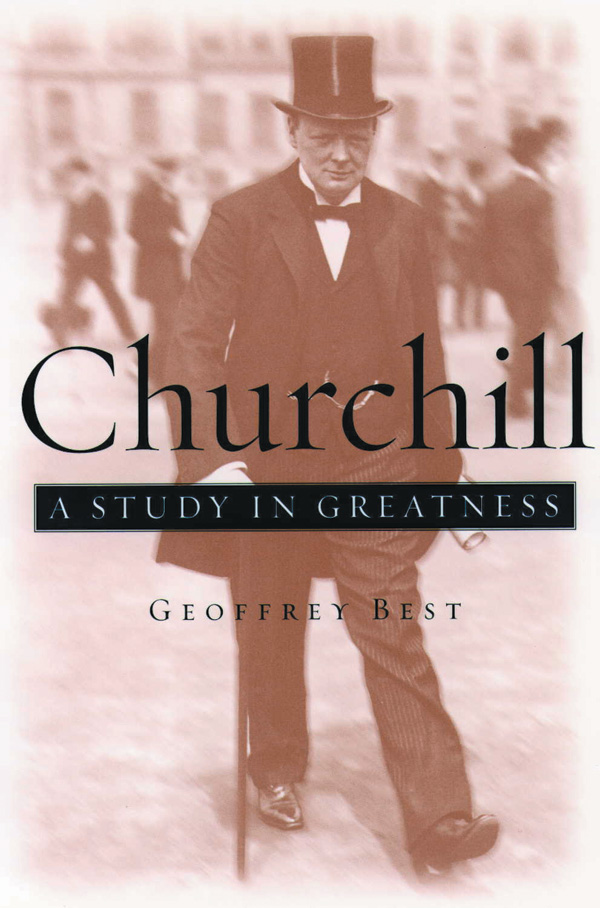 Churchill: A Study in Greatness by Geoffrey Best, Oxford University Press, New York, 2003, 370 pp., 17 photographs, index, softcover, $17.95.
Churchill: A Study in Greatness by Geoffrey Best, Oxford University Press, New York, 2003, 370 pp., 17 photographs, index, softcover, $17.95.
General Dwight D. Eisenhower said that British Prime Minister Winston Churchill “came nearer to fulfilling the requirements of greatness in any individual that I have met in my lifetime.”
The genial Allied supreme commander in Europe in 1943-1945 added, “I have known finer and greater characters, wiser philosophers, more understanding personalities, but no greater man.” Clement Attlee, Churchill’s World War II deputy who succeeded him at 10 Downing Street in the 1945 general elections, agreed, “By any reckoning, Winston Churchill was one of the greatest men that history records…. He was brave, gifted, inexhaustible, and indomitable.”
A clever and confident statesman who cherished freedom, the British Empire, and the people he served, Churchill was an extraordinary leader—and he knew it. On his 75th birthday, he declared with a twinkle in his eye, “I am prepared to meet my Maker. Whether my Maker is prepared for the great ordeal of meeting me is another matter.”
An eminent authority acutely observed, “Consciously or unconsciously, it was Churchill’s aim in life to evade classification,” records British historian Geoffrey Best in his biography of the cavalry subaltern, war correspondent, First Lord of the Admiralty, parliamentarian, and wartime premier who faced down global tyranny in 1940 and, with his friend, President Franklin D. Roosevelt, led the Allies to victory in 1945. Reams have been written about Churchill, yet Best has woven a narrative that is remarkably fresh and appealing. With crystal insight and elegant prose, he balances the strengths and weaknesses of the public and private Churchill.
The bulldog statesman, says the author, had an ego “of Himalayan vastness,” was spoiled and self-indulgent, and could be demanding and inconsiderate. Yet he was also a loving man who was loved in return by his devoted wife, Clementine; his family; his ministers and generals, and his allies. Best, a senior member of St. Antony’s College at Oxford University, concludes that Churchill did for the good of his country and the free world what no other politician of his times could have done: He changed the apparent course of history.
 British Strategy and Politics During the Phony War by Nick Smart, Praeger, Westport, Conn., 2003, 267 pp., index, hardcover, $64.95.
British Strategy and Politics During the Phony War by Nick Smart, Praeger, Westport, Conn., 2003, 267 pp., index, hardcover, $64.95.
It began on Sunday, September 3, 1939, when Great Britain and then France declared war on Germany, two days after the invasion of Poland. And it ended on Friday, May 10, 1940, the day “the balloon went up” when the Germans launched their blitzkrieg offensive through the Low Countries and France, and when Winston Churchill succeeded Neville Chamberlain as British prime minister.
It was called the “Phony War,” a period that occupies a peculiar yet distinct place in history. Its name reportedly came from a phrase coined by isolationist Senator William E. Borah of Idaho, who questioned in mid-September 1939 why the French and British seemed reluctant to carry the fight to their declared enemy, when German forces were still engaged in subjugating the gallant Poles. “There [was] something phony about this war,” Borah pronounced.
Being at war with forces primed and mobilized, and yet not taking advantage of an obvious strategic opening, is difficult to understand, says Nick Smart, senior lecturer at the University of Plymouth in England, in his scholarly and reasoned study of the bizarre eight months. But, he argues, the more incongruous the Phony War is described as being, the more cataclysmic the real war is made to appear when the Wehrmacht struck. Despite the book’s unimaginative title, the author paints a vivid and authentic canvas.
After the declaration of war, the small but professional British Expeditionary Force went to France and dug in on the Belgian border, subject to French operational command. At home, the people were left to experience all the sensations of war except combat. Instead of casualty lists and anticipated bombing raids on British cities, says Smart, the “fussing and fumbling” of bureaucracy took over. This was not war, Britons groused, but more like the inconvenience of rain interrupting a cricket match.
The author points out that umbrella-wielding Prime Minister Neville Chamberlain made no constructive use of the eight-month breathing space afforded him, and merely mouthed platitudes about Adolf Hitler “missing the bus.” It took a famous parliamentary revolt to pry him from office so that Winston Churchill and a coalition government could take the helm none too soon. The national purging process of Dunkirk—both a disaster and a miracle—led to the redeeming summer of 1940 and a hard trek toward what Churchill termed “the broad, sunlit uplands” of eventual victory.
Smart affords us a penetrating analysis of an overlooked period in World War II.
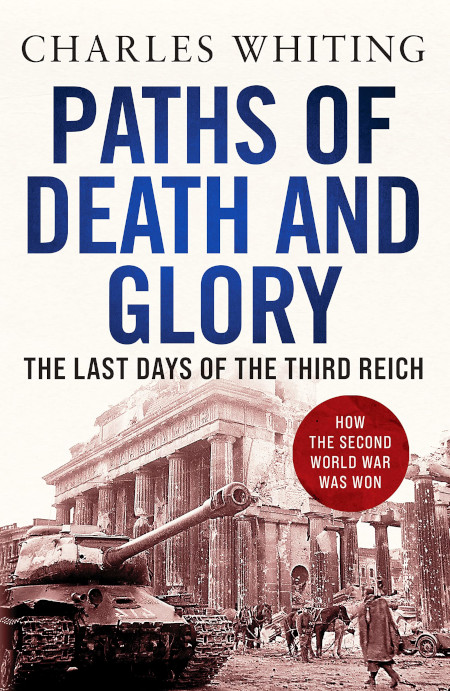 Paths of Death and Glory by Charles Whiting, Casemate, Havertown, Pa., 2003, 210 pp., 22 photographs, hardcover, $29.95.
Paths of Death and Glory by Charles Whiting, Casemate, Havertown, Pa., 2003, 210 pp., 22 photographs, hardcover, $29.95.
By the first week of January 1945, though the end of the European war was only four months away, the optimists who had promised the Tommies, GIs, and Canucks that the fighting would be over by Christmas were having to eat their words.
Despite its failure in the Bulge, the German Army was attacking in eastern France, Luxembourg, and Belgium, and General Dwight D. Eisenhower’s Allied armies were still in the same positions they had captured three months before, with 300,000 casualties suffered in six months of severe fighting.
The equivalent of two and a half British divisions were battling alongside the GIs in the frigid Ardennes, rifle battalions were experiencing a 100 percent turnover in manpower, elements of seven U.S. divisions had been mauled in the disastrous Hurtgen Forest campaign, and Field Marshal Bernard Montgomery had lost 30,000 men and 2,000 tanks in six weeks alone as his 21st Army Group headed for the Baltic.
All that Ike had to show for the tremendous casualties was a small enclave around the old imperial German city of Aachen. The end was not far off, but the Wehrmacht, whether attacking or defending, was resisting with the same skill and determination it had shown in 1940, as Charles Whiting relates in his graphic, dramatic chronicle of the last weeks of the Third Reich. It is as well informed and engaging as his many previous war studies.
In the opening days of 1945, the author writes, the Allied press was declaring that Hitler’s Germany was about to cave in, but the men on the front lines struggling to subsist, keep warm, and stay alive knew otherwise. As General George S. Patton, Jr., the usually high-spirited commander of the Third Army, noted somberly in his diary on January 4, “We can still lose this war.”
Whiting describes, day by bitter day, how the Germans fought savagely to defend their beaten country, and how the weary Allied soldiers secured eventual victory with their blood and sweat—sometimes in spite of a lack of intelligent and inspired leadership. This is a powerful saga of resolve, fortitude, and sacrifice on both sides.
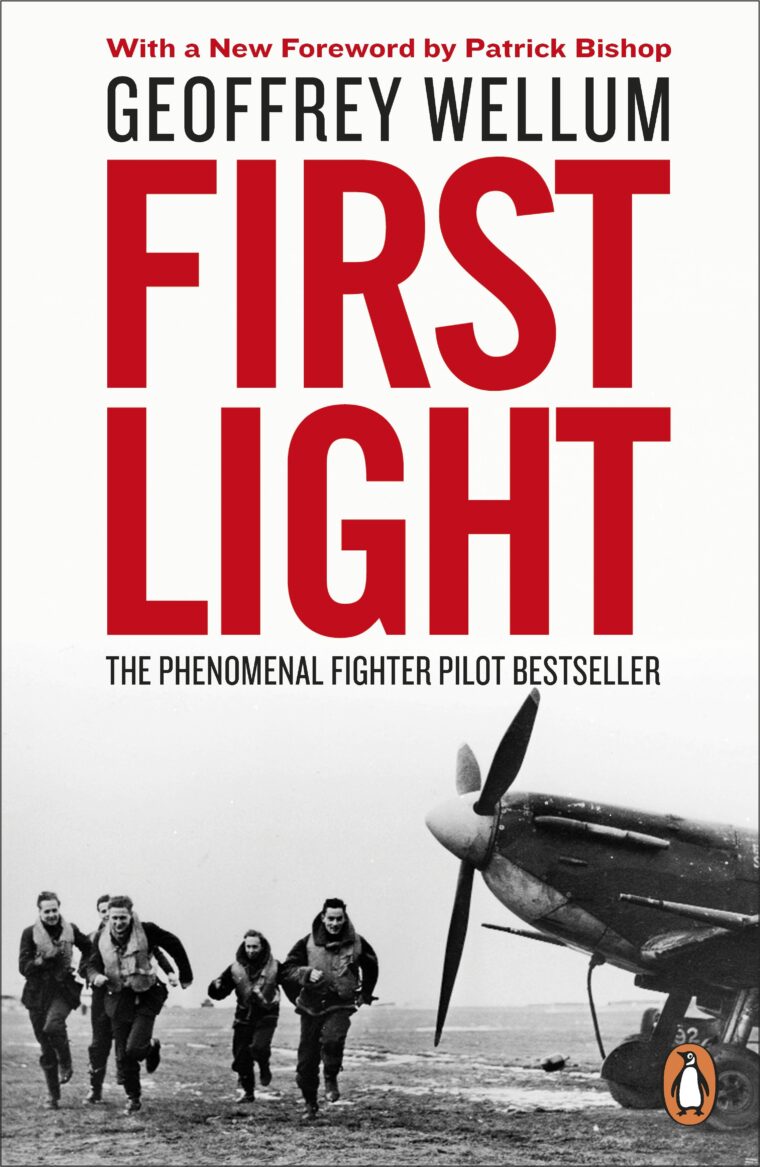 First Light by Geoffrey Wellum, John Wiley Pub., Hoboken, NJ, 2003, 338 pp., 28 photographs, hardcover, $24.95.
First Light by Geoffrey Wellum, John Wiley Pub., Hoboken, NJ, 2003, 338 pp., 28 photographs, hardcover, $24.95.
Joining the Royal Air Force on a short-term commission at the age of 17 in August 1939, just before the outbreak of World War II, Geoffrey Wellum piloted Supermarine Spitfire fighters with famed 92 Squadron during the Battle of Britain. He was one of the “few” immortalized by Prime Minister Winston Churchill.
Wellum learned quickly the cardinal rule of dogfighting: “Never fly straight and level for more than 20 seconds. If you do, you’ll die.” A veteran and ace by the winter of 1941, and still in his teens, Wellum—nicknamed “Boy” by his comrades—then flew more than 100 sorties over Nazi-occupied Europe. By the age of 22, he was mentally and physically exhausted.
If the reader wants an authentic and graphic account of the Battle of Britain and the rest of the war as seen through the eyes of an RAF Fighter Command pilot, then he or she may look no further than Wellum’s book, a best-seller in England. Original, gripping, and evocative, it is an extraordinary memoir. His narrative soars with immediacy and is hard to put down.
He writes with compassion and wit of the exhilaration and terror of aerial combat, of the anguish felt over lost friends, of the fear of “not pulling your own weight,” and of his long bout with battle fatigue. Wellum, who later led eight Spitfires in the relief of besieged Malta and then became a Hawker Typhoon test pilot and a gunnery instructor, engages the reader all the way and explains how the idealistic “Boy” became a man. This is a literate and inspirational record.
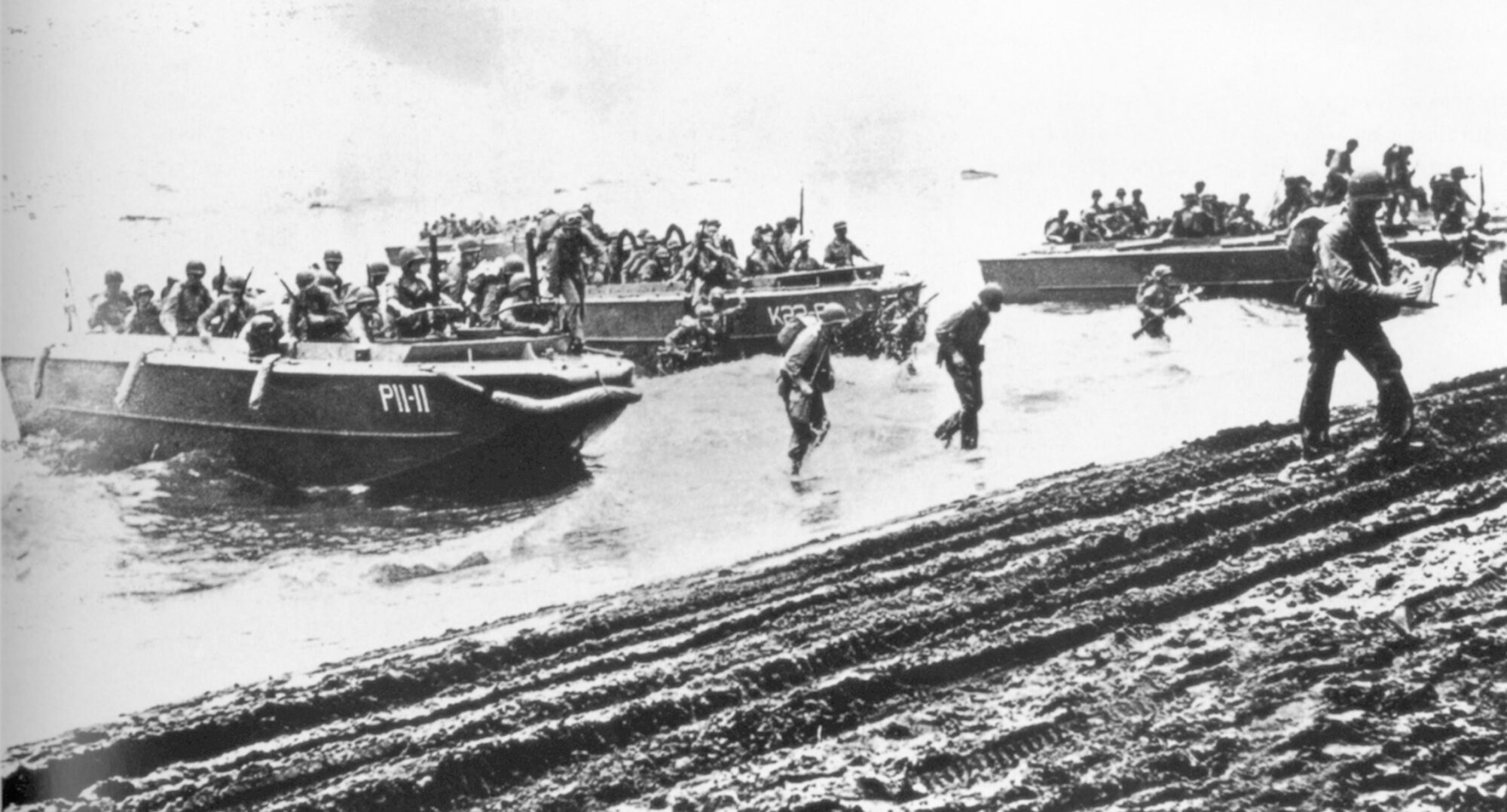
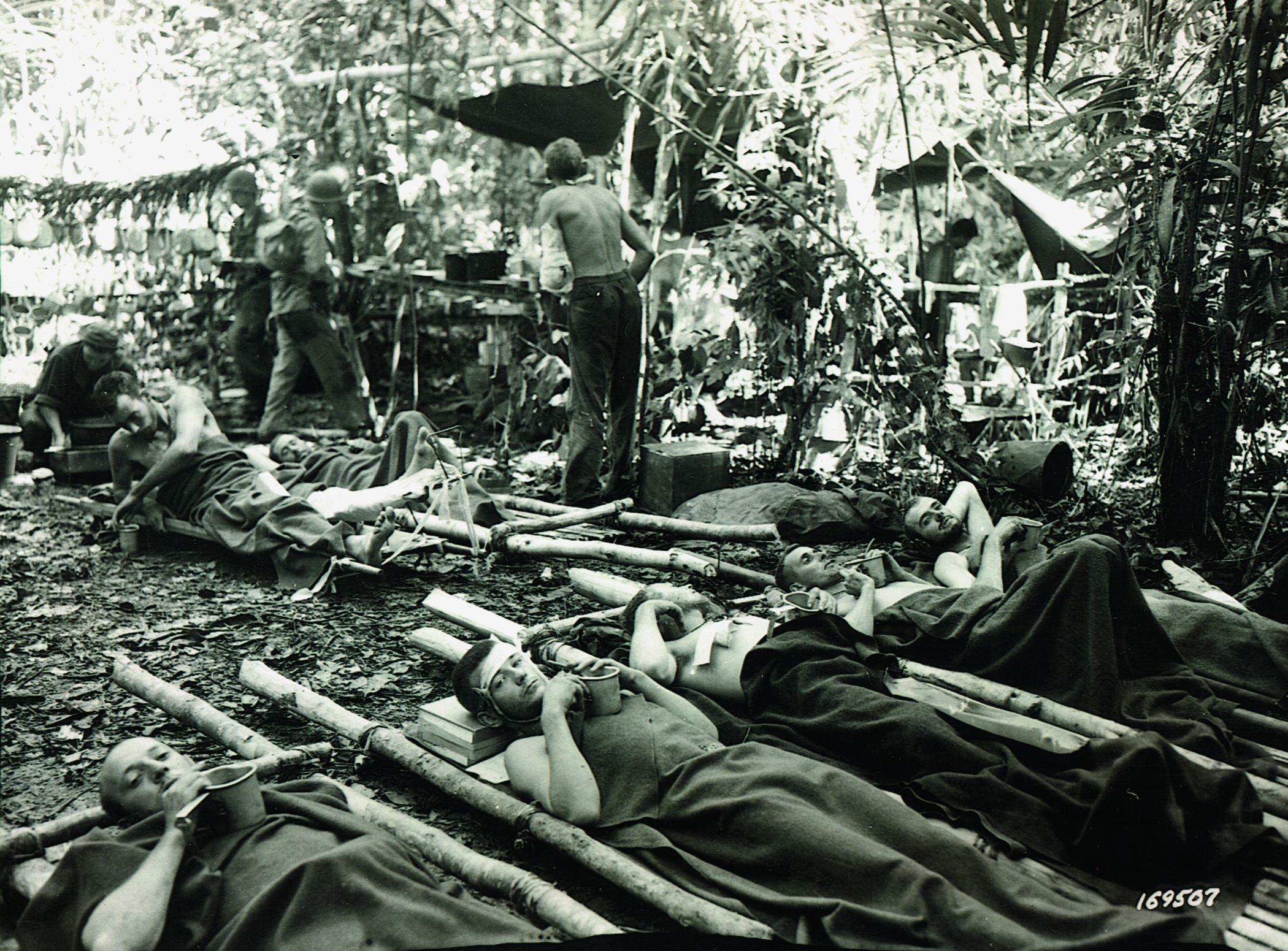
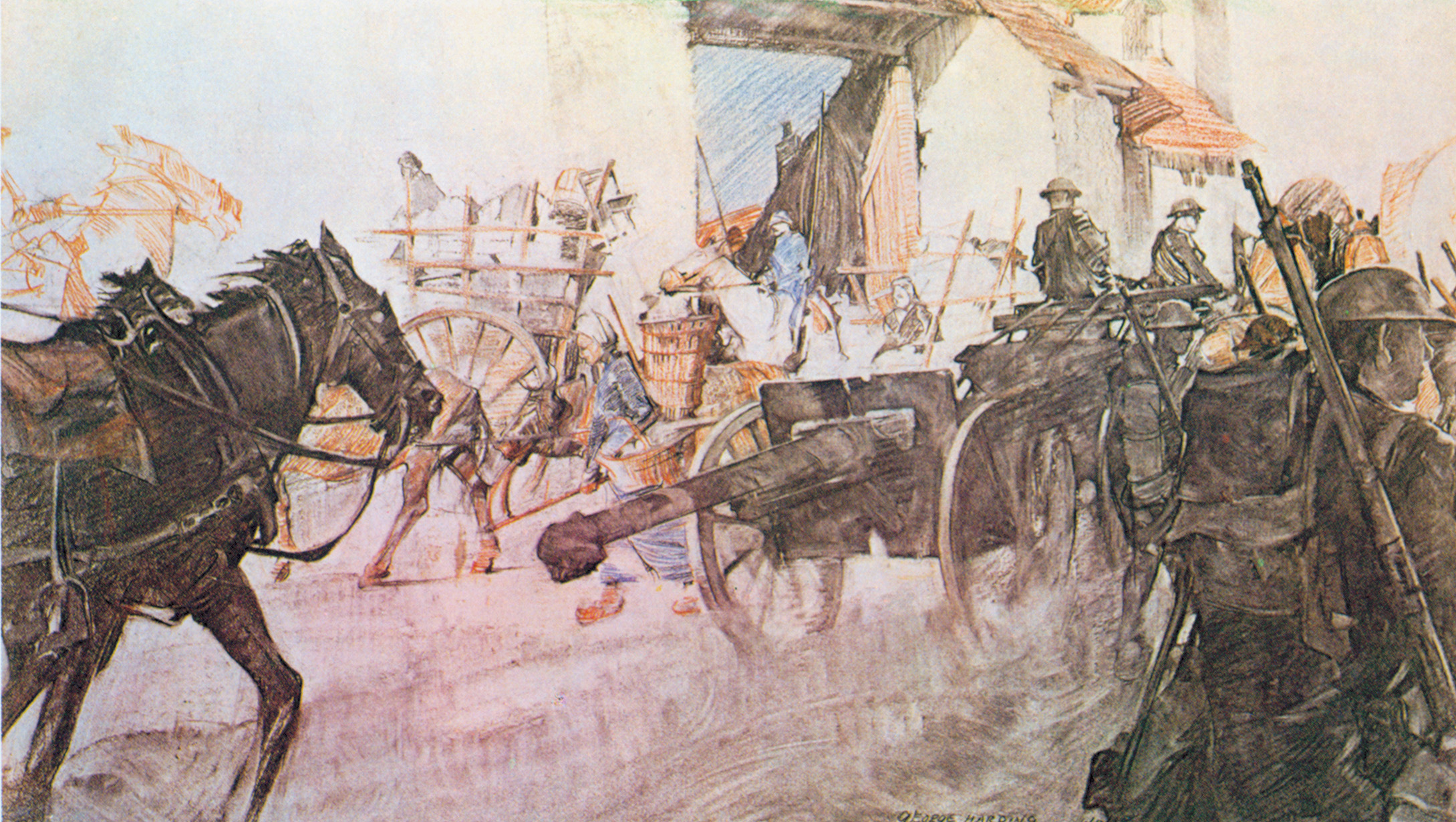
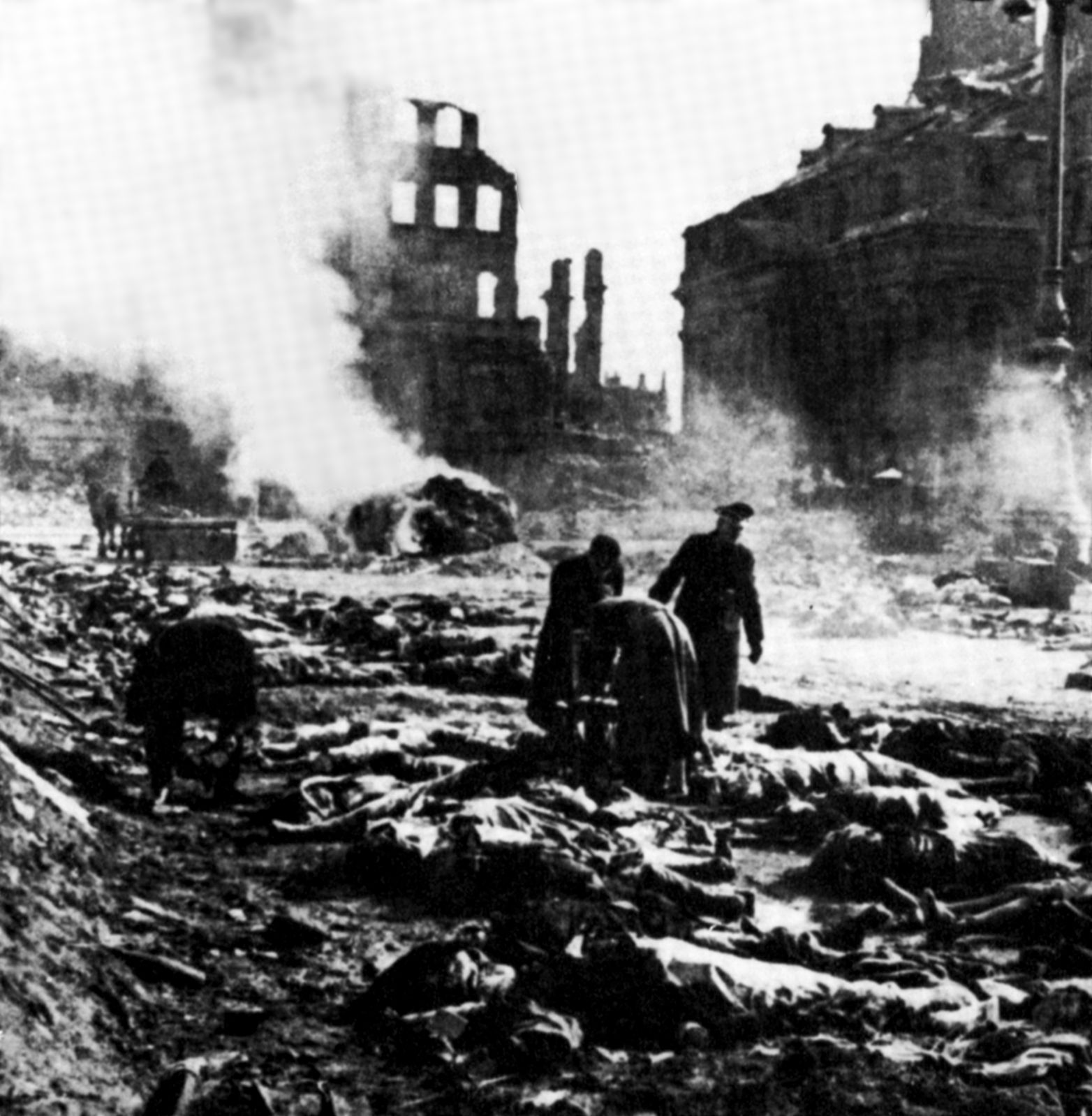
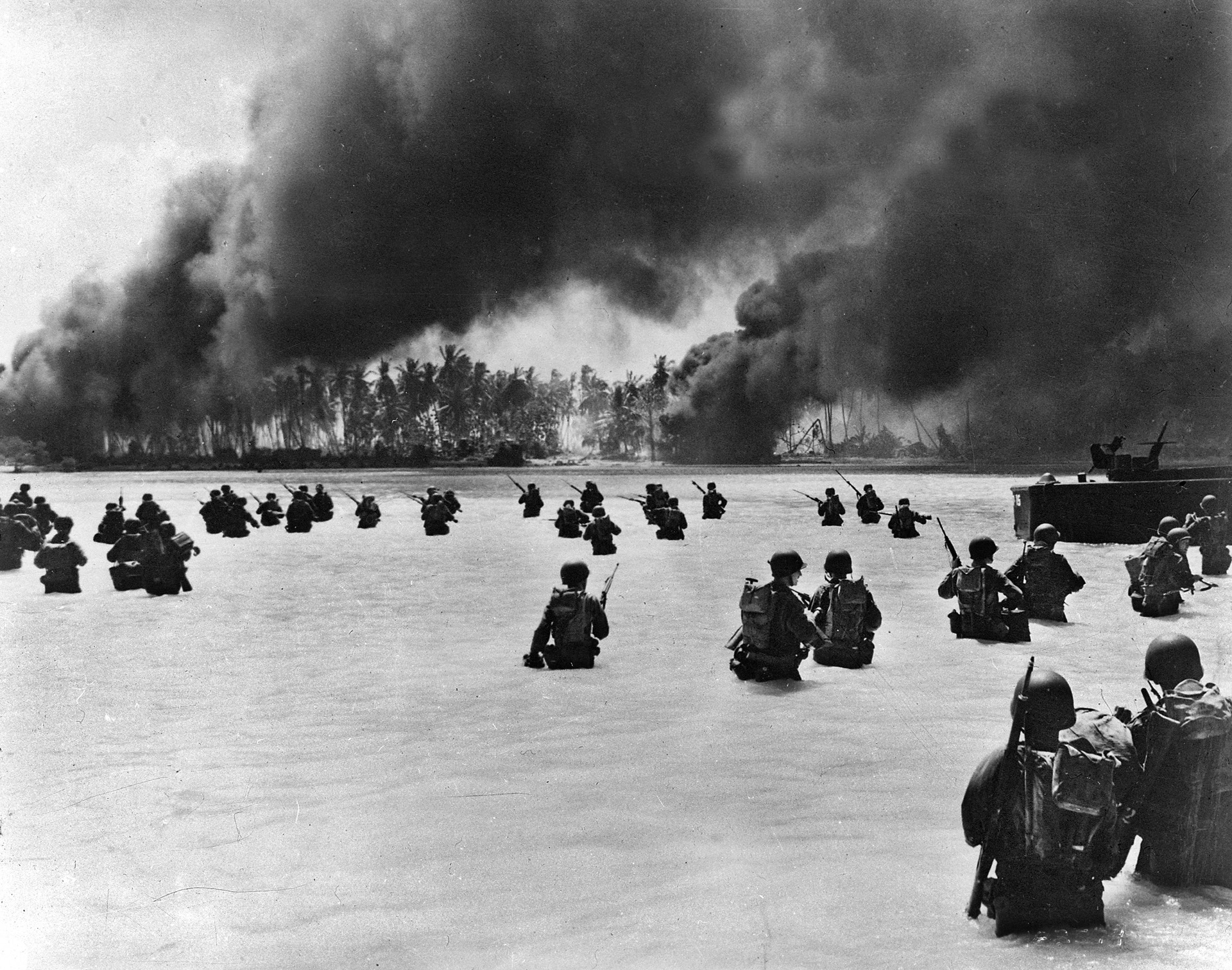
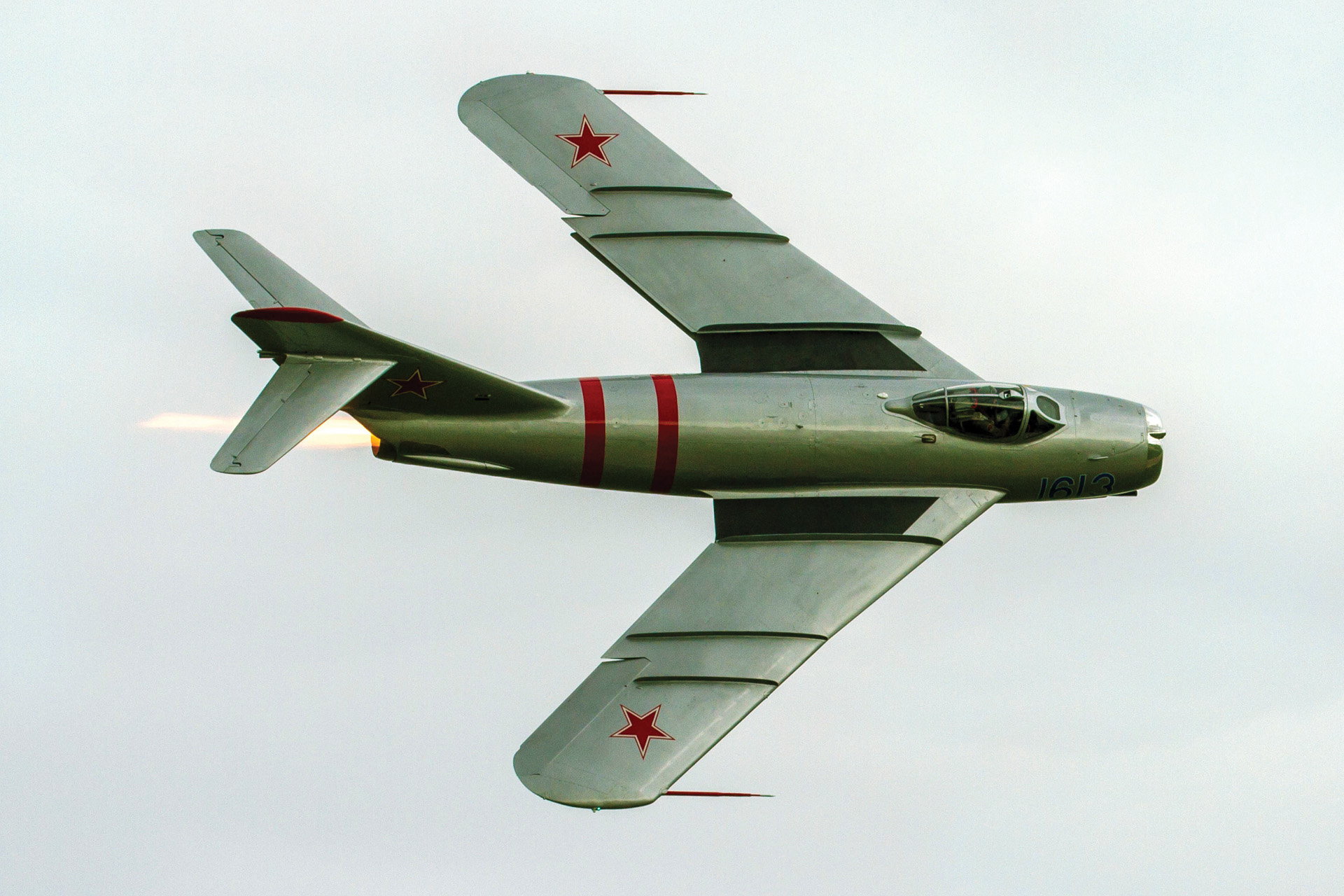
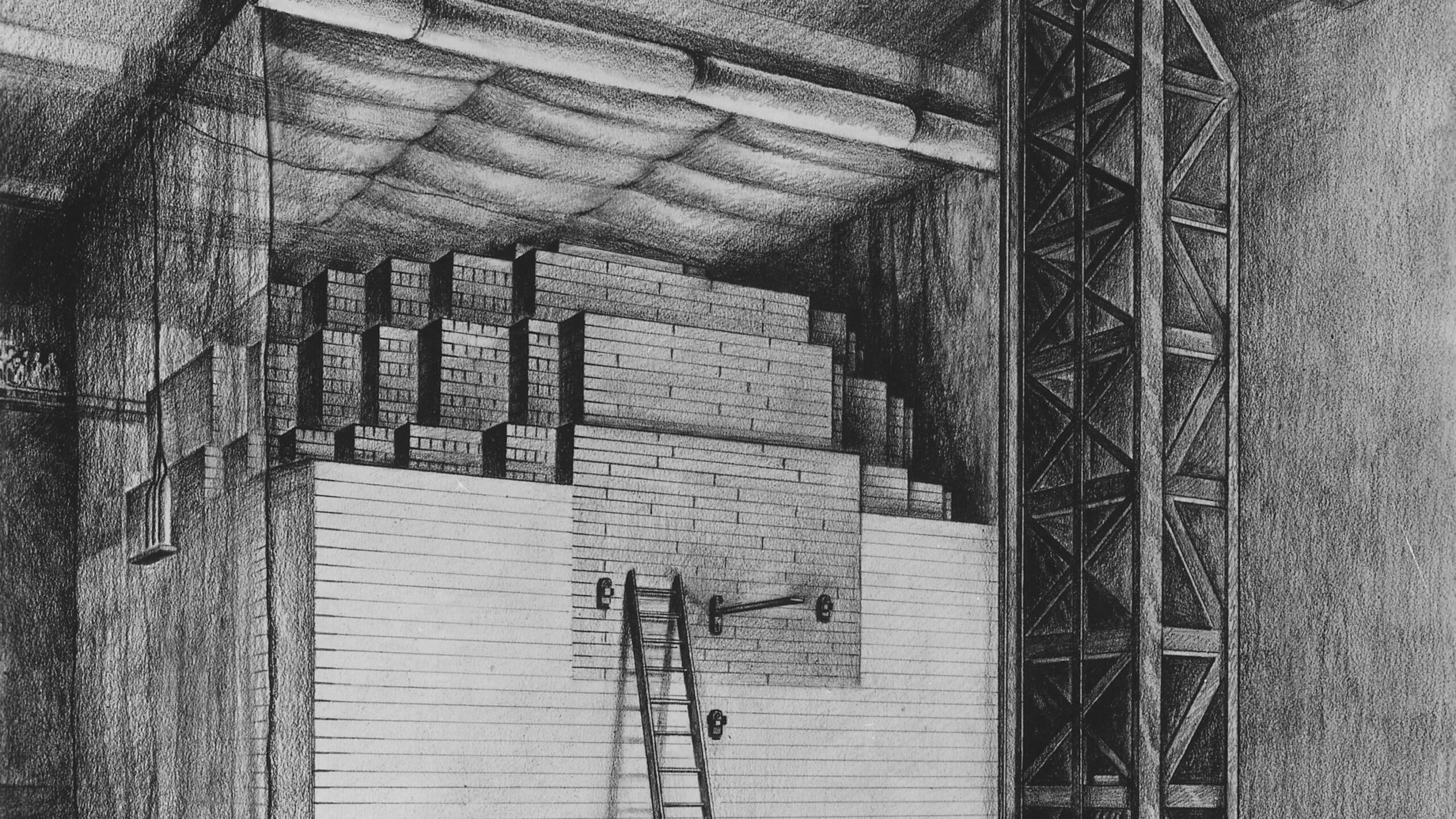
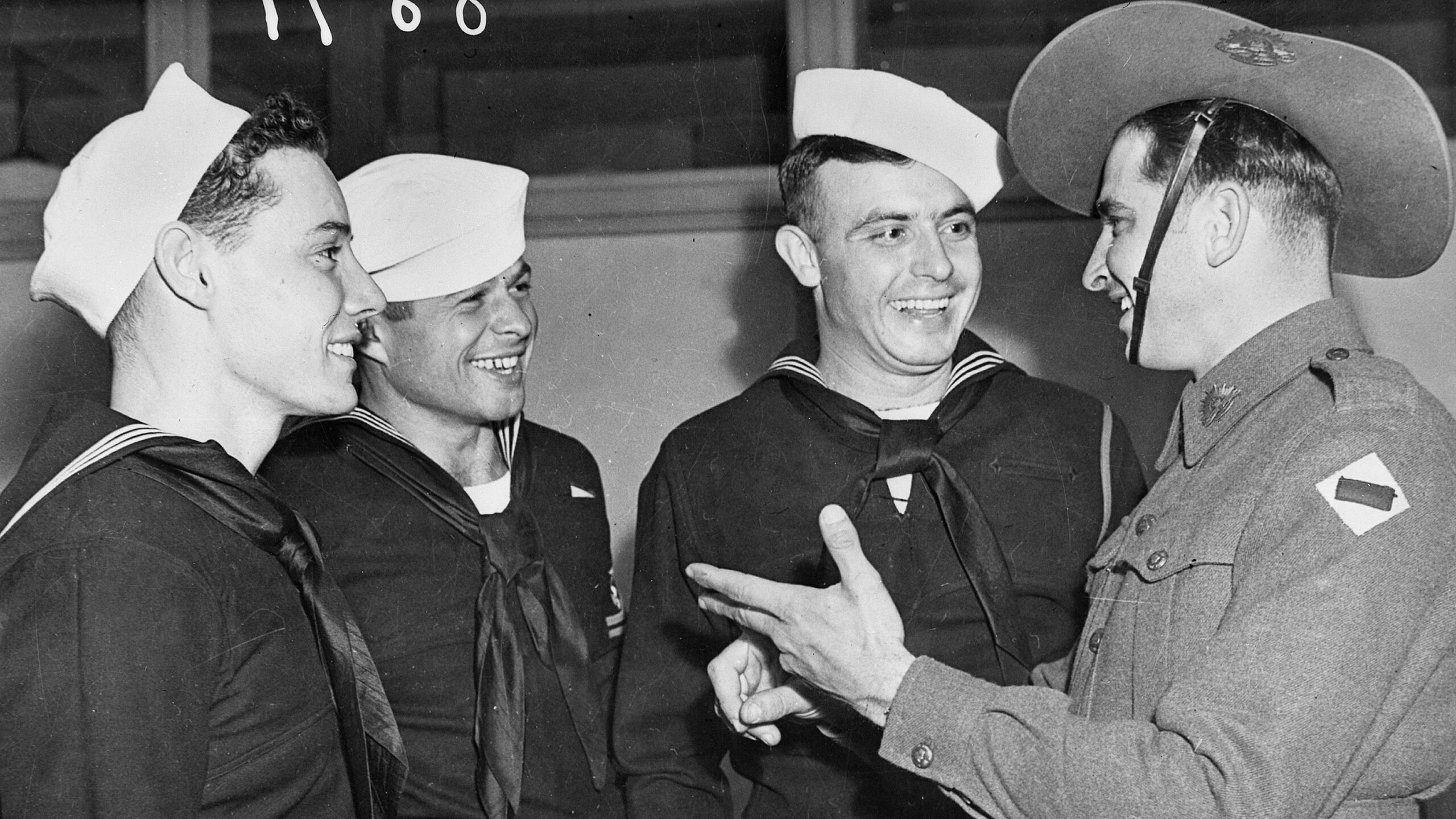
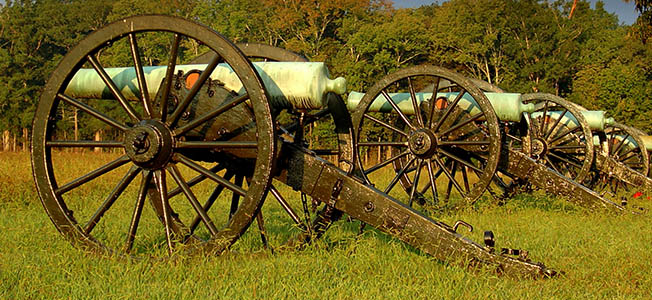
Join The Conversation
Comments
View All Comments